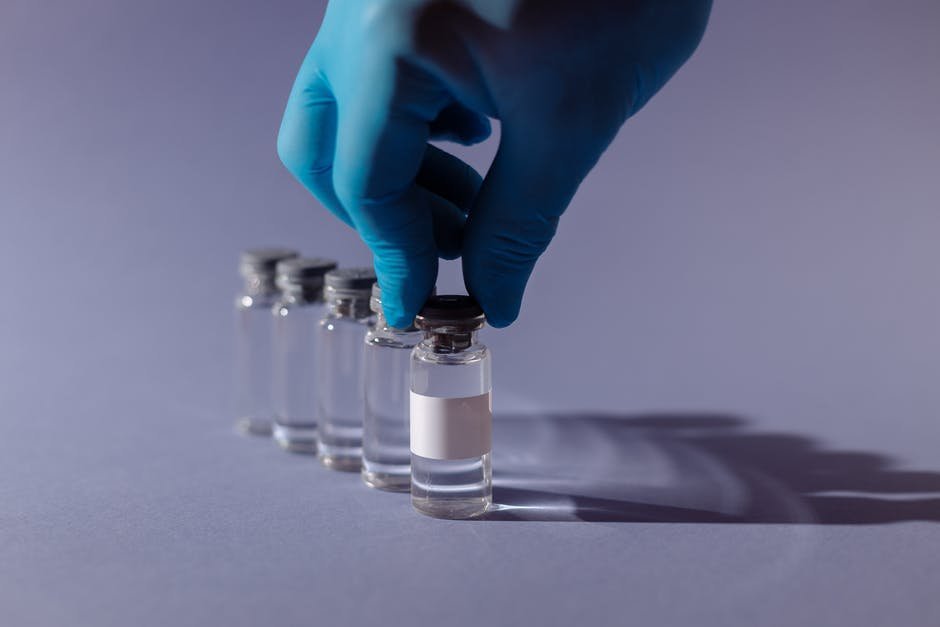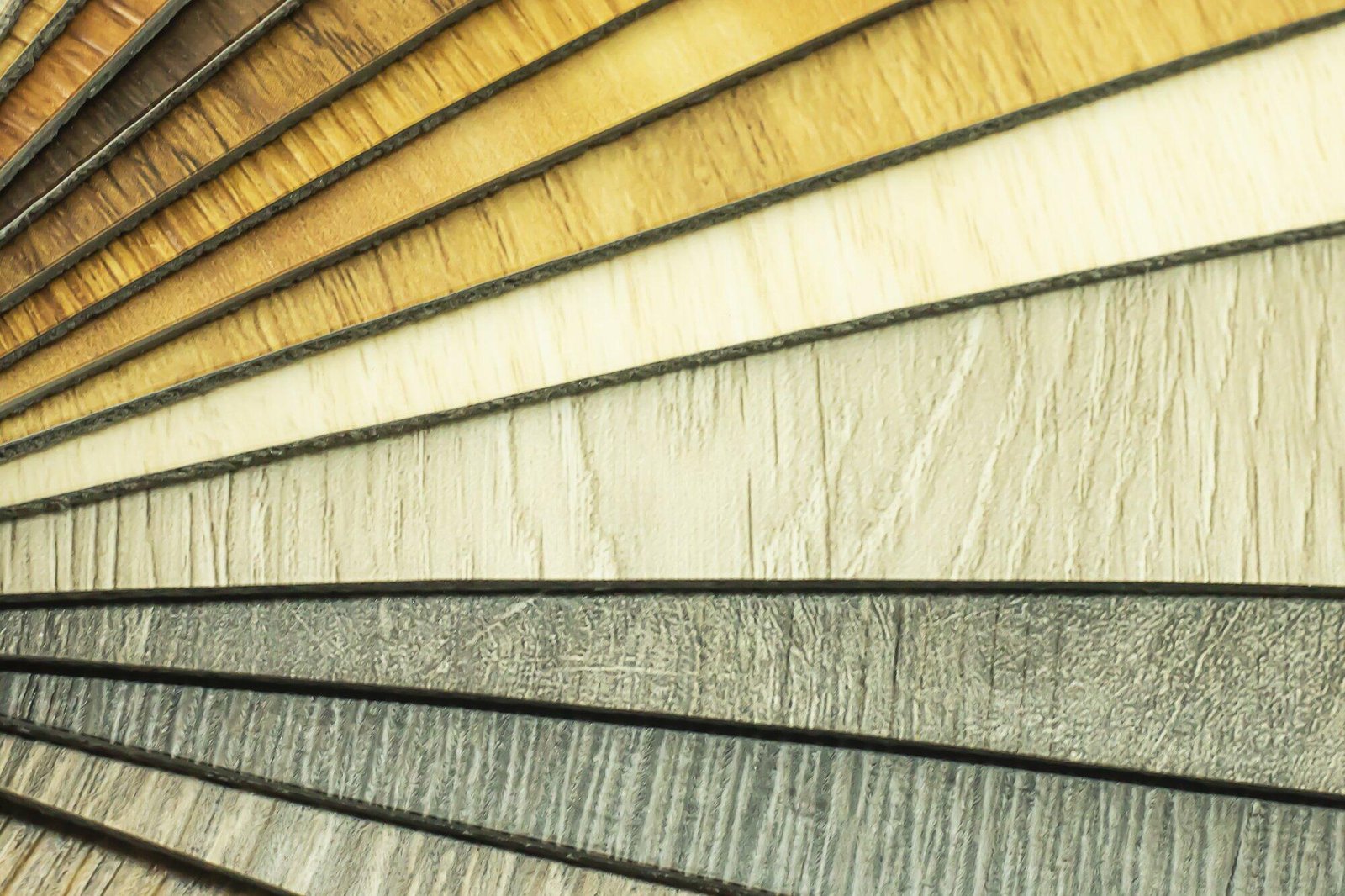
Breaking Down the Different Types of Lab Vials and their Functions
Have you ever wondered about the different lab vial types used in science experiments?
These little containers, often overlooked, play a vital role in scientific success. This article will guide you through the fascinating world of lab vials, their types, and how they are used.
With this knowledge, you’ll appreciate the amazing science that happens inside these small yet essential lab vials. Let’s dive in!
Table of Contents
Screw-Top Vials
Screw-Top vials are widely used in laboratories due to their secure sealing system. The cap has a screw-on mechanism that ensures the contents are safely stored. This design prevents leaks and contamination, making them an excellent choice for handling liquid samples.
These vials are often made of glass or plastic, depending on the nature of the experiment. Different sizes are available to suit various needs.
They are commonly used for storing chemical solutions, biological samples, and even in gas chromatography. For a closer look at our extensive collection of screw-top vials, click this link so you can see our products.
Crimp-Top Vials
Crimp-Top vials are another type of laboratory vial with a unique sealing system. They have a metal cap that is tightly sealed onto the top of the vial using a special tool called a crimper. This technique provides a super tight seal, which is why crimp-top vials are perfect for storing volatile or sensitive samples.
The metal cap on these sample storage vials also makes them suitable for high-pressure experiments. They can withstand more pressure than most other vial types. So, scientists often use them when they need to keep samples under pressure or when they have samples that might react with plastic or glass.
Snap-Top Vials
Snap-Top vials are a great pick when speed matters in a lab. These vials have a plastic cap that simply snaps onto the top. This makes them super easy to open and close, saving valuable time during experiments.
Even though they’re quick to use, Snap-Top vials still keep samples safe. They form a tight seal that prevents leaks. Labs often use them for routine testing where samples don’t need high-pressure or airtight seals.
Headspace Vials
Headspace vials are special in the lab vial family. These vials are used when the gas above the liquid or solid in the vial needs to be analyzed. This technique is called headspace analysis and is often used to examine the amount of compounds that are not easily dissolved.
The design of Headspace vials is such that the cap and septa are specially engineered to form a seal that prevents the loss of the sample’s volatile components. They are commonly used in the pharmaceutical industry and food testing for detecting unwanted compounds. This type of vial is crucial in scenarios where detecting impurities or chemical breakdown products accurately is necessary.
CryoVials
CryoVials are a special type of vial designed for freezing and storing biological material at ultra-low temperatures. These vials are made from high-quality plastic that can withstand extreme cold, often down to -196 degrees Celsius. This makes CryoVials a top choice for preserving cells, blood samples, or tissue pieces for a long time.
Despite their tough build, CryoVials are easy to use. The screw top lid makes opening and closing them simple, even when wearing thick gloves. It’s important to note that while they’re made for deep freeze storage, they’re not autoclavable, so they can’t be sterilized by heating.
Amber Vials
Amber Vials are another essential lab vial type, offering a unique feature – they protect light-sensitive materials. Crafted from amber-colored glass or plastic, these vials block harmful light rays that could damage light-sensitive samples. They are commonly used in research and development, pharmaceuticals, and even in brewing and cosmetics production.
Despite their color, amber vials allow enough visibility to observe the sample inside. They come in a variety of sizes and tops, such as screw-on, snap-on, or crimp-on, depending on the need for airtight sealing.
Scintillation Vials
Scintillation Vials are a vital part of certain scientific experiments. These vials are made to contain scintillation fluid, which is used in radiation detection. They help scientists to measure and track the presence and amount of radioactive material in various samples.
These vials are typically crafted from glass or plastic, with a leak-proof cap to ensure the safety and accuracy of the experiments. The design of Scintillation Vials ensures that the radioactive emissions are effectively captured and measured. Their role is particularly significant in environmental monitoring and radiation therapy research.
Septum Vials
Septum Vials are a useful addition to the family of lab vials. They have a rubber septum built into the hole that makes it easy to use a syringe over and over again. Because of how they are made, they are useful in labs where samples need to be taken out often without opening the jar.
Most of the time, the septum is made of silicone or rubber. It forms a tight seal around the syringe needle, which keeps the samples clean. Most of the time, microbiology and science labs use septum vials to store samples, do titrations, and even use them in GC and HPLC. Because they can be used more than once, they are perfect for keeping cultures alive or saving sensitive chemicals.
Shell Vials
Lab vials called shell vials are different from other types because they have a flat bottom and straight sides. They are popular in medical and scientific labs because they are used for tasks that require centrifugation. Shell vials are designed so that you can get as many samples out of them as possible, which is very helpful when you only have a few or valuable samples to work with.
Most shell vials have a snap-on cap that helps keep the sample’s integrity during centrifugation by creating a tight seal. Usually, they are made of glass or plastic, but it depends on the sample and the needs of the experiment.
Dive Into the Different Types of Lab Vials Today
In the vast world of science, every small detail matters, and lab vials are no exception. These tiny but mighty containers play a pivotal role in countless experiments, aiding in discoveries that shape our understanding of the world.
So, the next time you see lab vials, remember that they’re more than just simple containers: they’re intricate tools that nurture scientific breakthroughs. Embrace the fascinating world of these laboratory applications and unlock a new perspective in your scientific journey.
We hope you found this article helpful. If you did, be sure to check out our blog for more great content like this.
Last Updated on December 1, 2023













